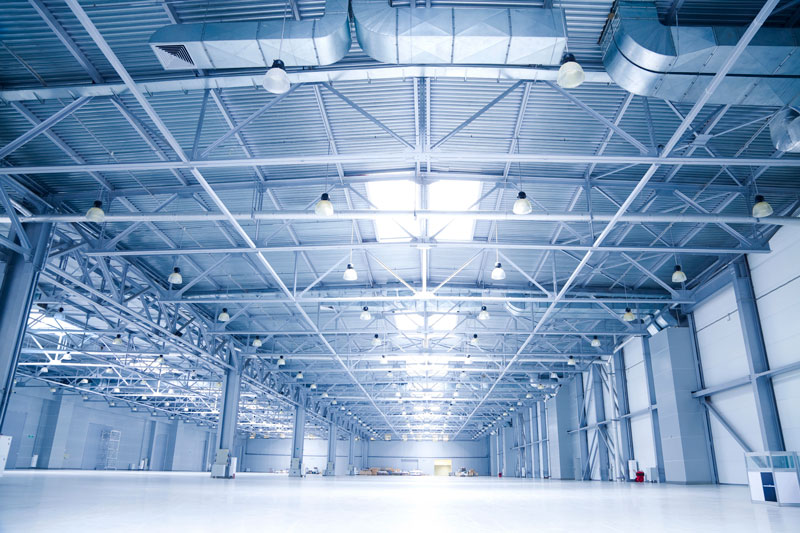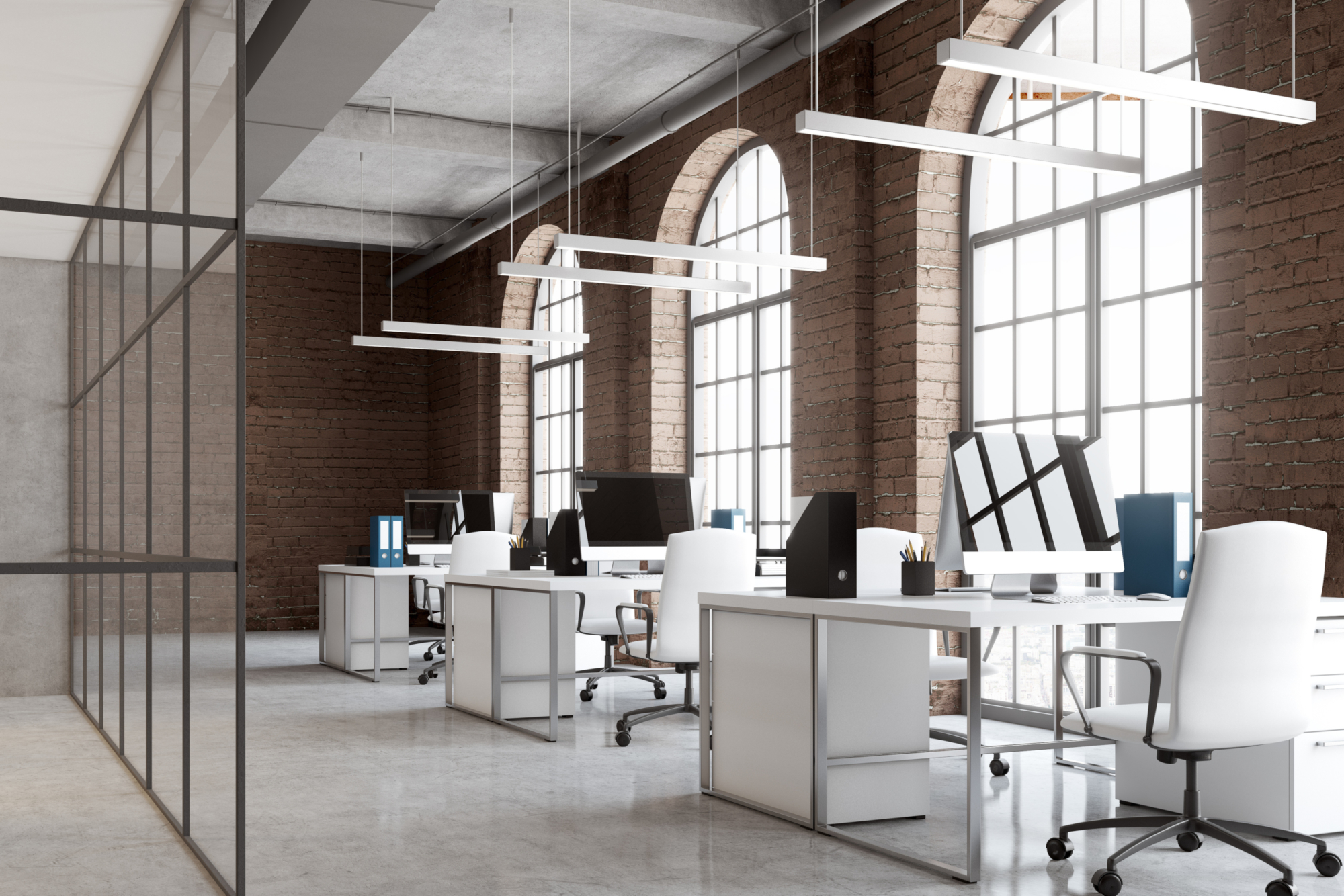What are LED Lights?
What are LED Light bulbs and the elements of a LED lighting installation? Light-Emitting Diode light bulbs are the future of home and office lighting. LED lighting has been around for more than half a century. Originally invented by Nick Holonyak Jr in 1962 the evolution & popularity of LED has been on steady rise. With more people opting to use LEDs in recent years, LED lighting has fast become the top pick for lighting experts, property developers and facility operators.
Are you thinking of switching to LED lighting? Below we have listed the advantages and disadvantages of switching to LED Lighting.
Advantages of LED Lighting Installation
Durability
The durability of LED lighting is expectedly the most notable advantage in comparison to the traditional Incandescent Light bulb and Compact fluorescent lamp. LED lights use 90% less energy than the traditional light bulb.
Studies have shown LED light have the potential to last for 50,000 operating hours or more this is equivalent to a minimum of 20 years depending on product selection and use. The traditional incandescent light bulb has a life span of 1,500 hours, fluorescent light bulbs last between 8,000 and 10,000 hours.
Cost
In recent years, the cost of LED lighting has decreased in comparison to the earlier days however the cost of a traditional light bulb is still considerably lower. Since LED lighting has a longer life span they become more cost affective in comparison to the traditional light bulb. LED does not require frequent replacements thus saving you money on maintenance and operating costs. In addition, since LED lighting have a lower power consumption you are likely to see a drop in your monthly electricity bill.
Decrease fire risk
LED lighting is the safer option in comparison to the traditional light bulb, LED lights do not generate a high amount of heat. In fact they generate close to no heat, this alone makes them safer for touching. Because they don’t consume as much power they have the capability of operating efficiently on low-voltage electrical systems. This reduces electrical safety hazards such as burns or fires.
Eco Friendly
Because of the long life span and energy efficiency LED lights are more Eco friendly than the traditional light bulb.
Fluorescent and Mercury vapour lights both contain mercury, which is dangerous for the environment. To correctly dispose of mercury special care and attention is required to ensure the safety of the public. These requirements are not needed for LEDs. LEDs are also made from non-toxic recyclable materials. which make them more convenient and environmentally friendly.
Health benefits
The best source of vitamin D is natural daylight, but did you know a number of scientific researches have proven that individuals that are exposed to natural lighting are more productive and creative.
LED lighting can mimic the natural light produced by the sun therefore mimicking the benefits of the sun. Studies have shown people in offices with natural lighting have been a lot more productive and creative. Natural lighting is also known to have health benefits such as relieving depression, stress and improving sleeping patterns.
Disadvantages of LED Lighting Installation
Upfront cost
Although the running costs are lower than the traditional light bulb. The upfront costs for LED light bulbs are considered to be very high by the average consumer. LEDs also require specific power specifications to work optimally. This is a further cost to be taken into consideration before deciding.
Temperature Sensitivity
LED’s have been known to overheat in environments that have high temperature levels such as kitchens or saunas. If you wish to have LED in these areas you will need to plan for a heat sink to ensure your bulbs continue working efficiently without fail.
Distribution of light
LEDs do not distribute spherical lighting making them inadequate for use in large open fields.
Electric Polarity
Electric Polarity is the direction in which the electrical current runs. LEDs need the right electric polarity in order to light up. If the direction of the current is incorrect there will be no electricity to flow through and the light will not work. Traditional light do not have this sensitivity.
Are LED Lighting Installations Safe
There is a huge uncertainty about the safety of LED optical radiation among many researchers. Due to the blue light they produce, continuous exposure to very powerful/intense LEDs can cause irreparable damage to the retina. Is LED dangerous? LEDs produce optical radiation within the visible range of the electromagnetic spectrum. No emission in the UV part of the spectrum, low level of ultraviolet radiation and no radiated heat. Therefore, LED lighting has the least risk factors when compared with other types of lighting sources including Incandescent, halogen fluorescent and mercury vapor lamps. The only risk to LED is blue light hazard which is universally exists in all white light sources.
Did You know?
According to the Carbon Trust UK, lighting is responsible for up to 20% of all energy consumption in the UK. For business’, the level of energy consumption can increase to 40%. The carbon trust UK offer a grant of up to £5,000 for commercial small and medium sized businesses. Barclays commercial bank also offer ‘Green cash back loans’ giving back up to £50,000 to small business’ which are borrowing to finance green initiatives.
For additional electrical articles please visit our main BLOG page here





